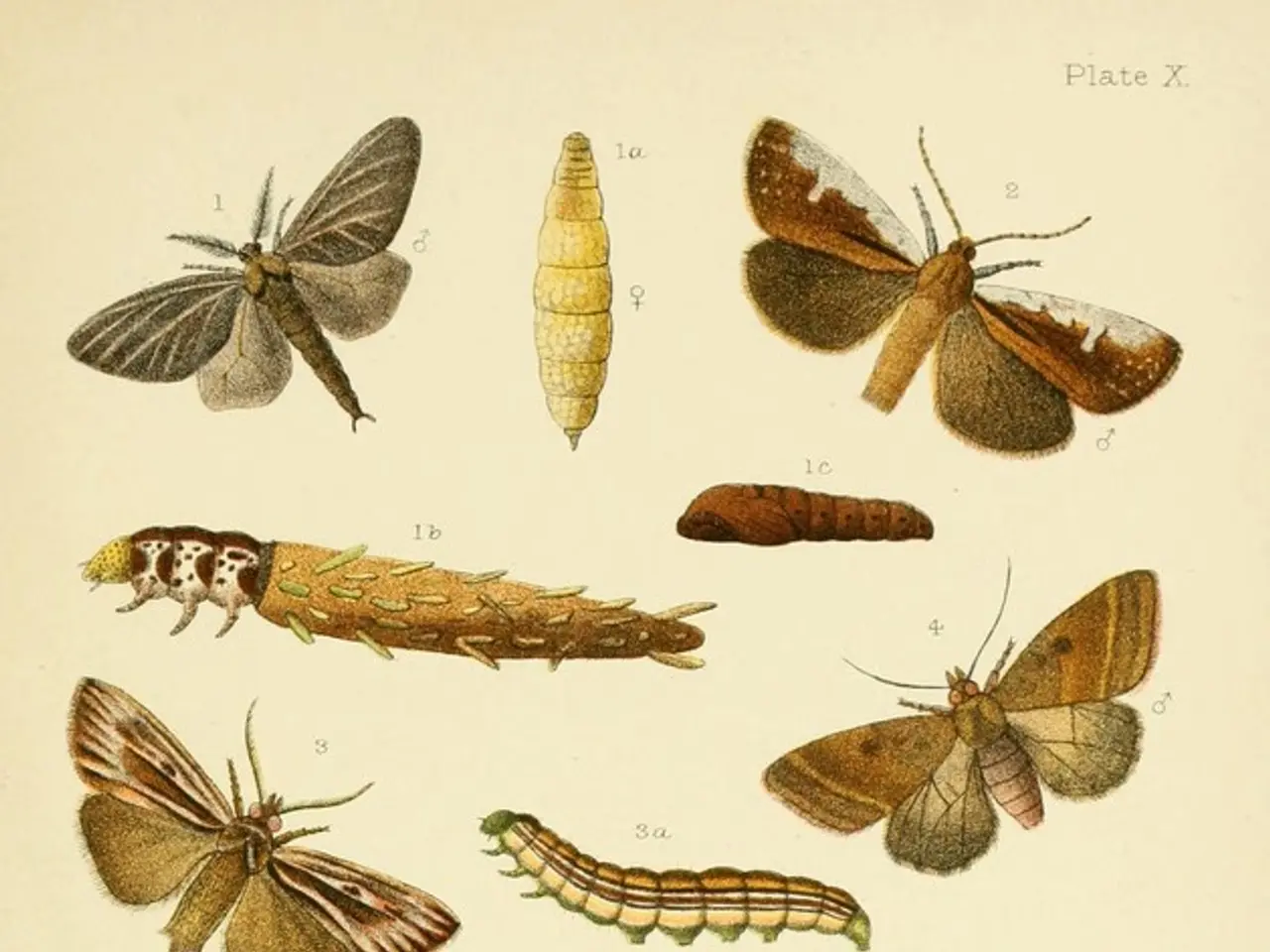Recent Updates - July 2025:
In the heart of England's picturesque countryside, Suffolk is teeming with life and vibrant conservation initiatives.
The Suffolk Wildlife Trust, in partnership with SOS Swifts, is making strides in encouraging the breeding and growth of swifts, a species that has seen a decline in recent years. This collaboration is part of a wider effort to boost the population of these aerial acrobats.
Meanwhile, at Bradfield Woods, the team has reported good sightings of various butterfly species this year. The silver washed fritillary, white admiral, and purple emperor have all made appearances, adding a touch of colour to the woodland landscape.
Lady's bedstraw, a wildflower, has been discovered growing in a damp meadow on a former dairy farm. This finding indicates the potential for nature restoration in the area.
Private Nature Reserves play a crucial role in preserving Suffolk's diverse ecosystems. These spaces, which include ponds, rivers, meadows, woodlands, wetlands, smallholdings, and orchards, provide habitats for a wide array of species.
The British Trust for Ornithology is currently conducting an ongoing project on cuckoos at Worlingham Marshes Nature Reserve. Last month, two additional cuckoos were tagged at the reserve, adding to the ongoing study. The current status of butterfly populations at Lackford Lakes is very positive, with the highest number of butterflies recorded there in seven years.
There is hope that fen raft spiders, the UK's largest and rarest spider, will expand into Worlingham Marshes. Fen raft spiderlings have already begun to emerge at the Carlton Marshes nature reserve. Fen raft spiders have also been found at Castle Marshes Nature Reserve and Redgrave and Lopham Fen nature reserve.
The Suffolk Wildlife Trust continues to seek ways to support nature recovery. The Farm Wildlife Advice Team recently visited a farmer's land to discuss potential strategies, and a new Conservation Adviser Volunteer has joined the Wilder Landscapes team to help landowners create or maintain Private Nature Reserves.
The future of Suffolk's wildlife looks bright, with promising developments in conservation efforts and thriving populations of various species. The county's residents and conservation groups are working together to ensure that Suffolk remains a haven for wildlife for years to come.
References:
- Suffolk Wildlife Trust
- SOS Swifts
- British Trust for Ornithology
- Butterfly Conservation Suffolk
- Donations and community engagement are crucial for the Suffolk Wildlife Trust's initiatives, particularly their collaboration with SOS Swifts to boost swift populations.
- Education-and-self-development programs, such as the Farm Wildlife Advice Team's visits to farmer's lands, play a key role in promoting wildlife conservation practices in Suffolk.
- Nature reserves, like Worlingham Marshes and Lackford Lakes, offer vital habitats for numerous species, including cuckoos, butterflies, and potentially fen raft spiders.
- Pursuing studies in environmental-science, such as the British Trust for Ornithology's cuckoo project, contributes significantly to understanding and preserving Suffolk's diverse wildlife.




